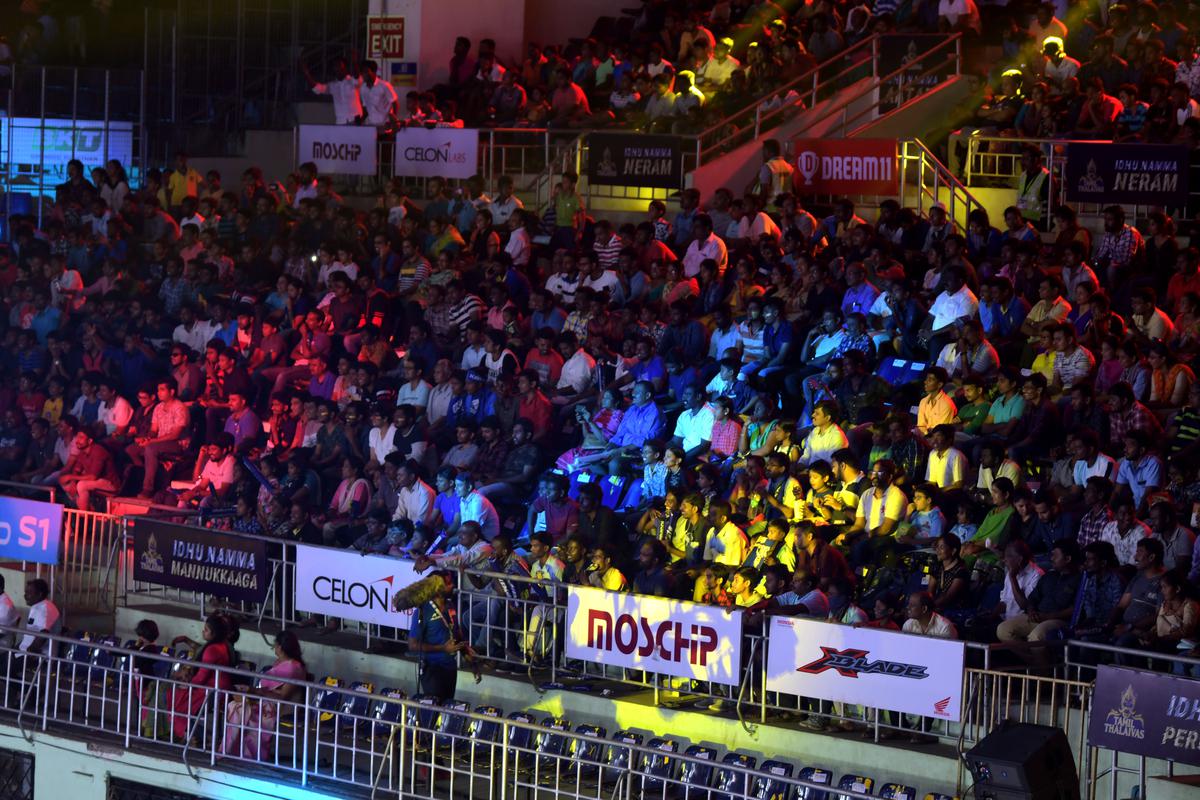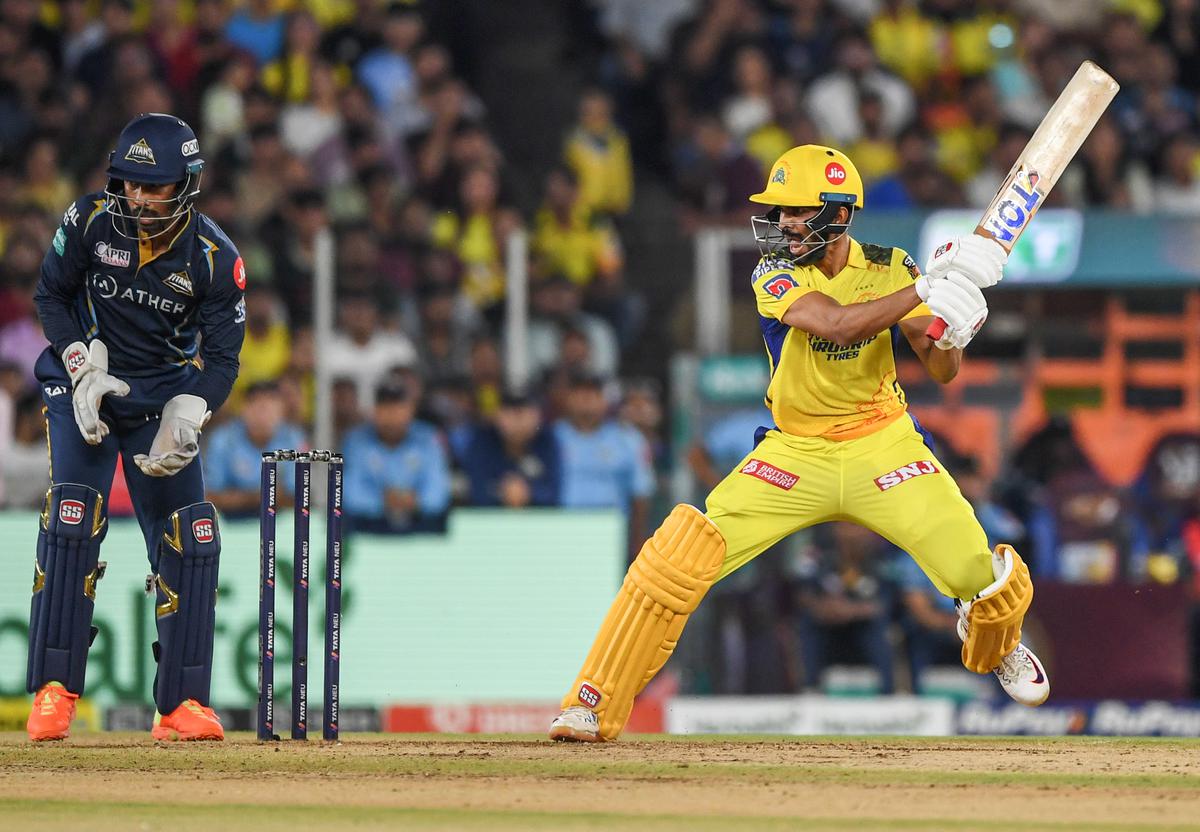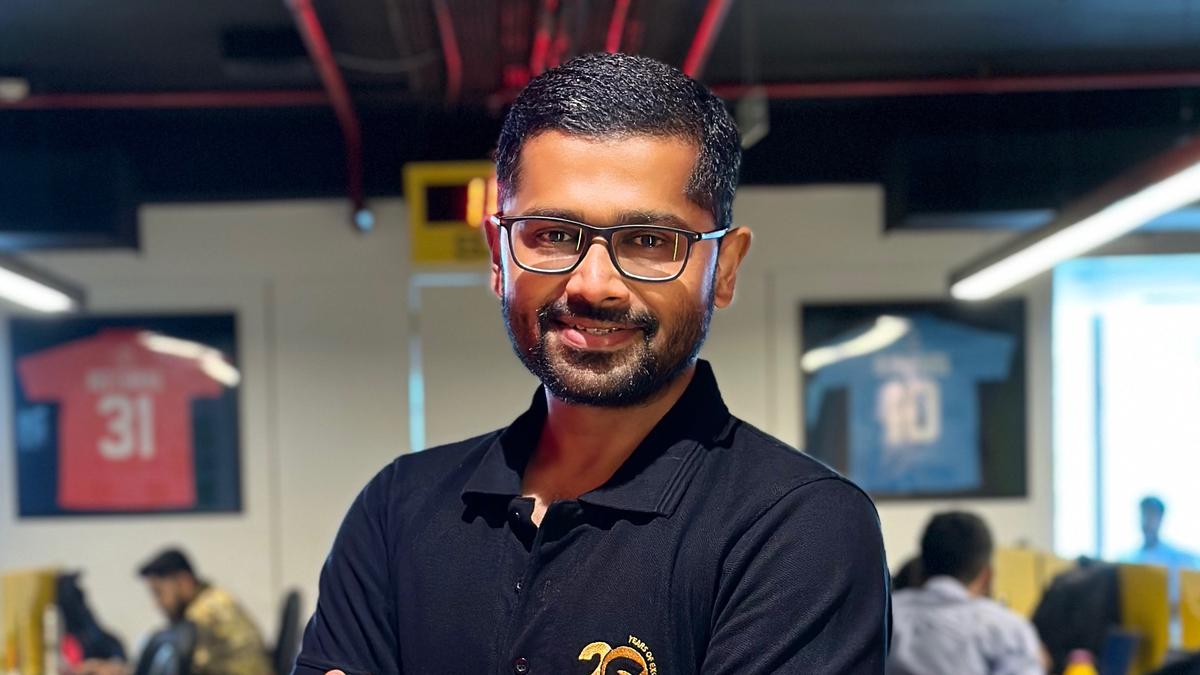Technology helps engage fans, sustains the growth of sports, says Siddharth Raman
It is a dream of every sport in the country to have a league like the cricket IPL, and help the game thrive. Some leagues like badminton, hockey, kabaddi and wrestling have had great success as well.
Explaining the path and process of growth of a brand like IPL, Siddharth Raman, the deputy CEO of Sportz Interactiive (SI), stressed that there was scope for other games to flourish if they followed the process and invested in the game for about five years, building a great product, without worrying initially about profit and loss.
“Fans are the key. You can have a world-class game, but you need the fans to make it successful. So, it is important to build your fan base,” said Raman, an expert in digital marketing, video production, social media assets for leading broadcasters, leagues, teams, and brands across different sports.
“Technology has made life so much better for sports fans. Even during a live match, you are able to watch highlights any time,” observed Raman.
It is a classic reflection of how the business of sports and fan engagement has evolved in a big way in the past two decades.
The latest to join the league race is taekwondo.
The good thing, and a very intelligent approach with many games taking a plunge into the league pathway, has been that they keep the budget and investment strictly under check. Obviously, not every game can have the resources like cricket in the country to splurge, in an attempt to build a world-class product that can capture the imagination of the commercial world.
“We have come a long way from the passive consumption of sports. We used to listen to radio commentary for hours, visualising the action. Television stepped it up brilliantly. You will remember the visual of a duck walking across the screen, an Aussie innovation, when a batsman got out for zero.
“Now, fans are not just watching, but they have avenues to participate in different areas. It is the second screen phenomenon. While watching a match, you are either chatting with your friends on the WhatsApp group.
“You are putting your view on social media for the world to know. You are asking questions to commentators who will answer on live television, which you couldn’t think of earlier. All this is possible because of technology,” said Raman, capturing the evolution of sports consumption.
How technology is driving sports viewing is in itself a fascinating study.
“OTT providers are giving nice visual overlays as a match is going on. You don’t have to wait for a producer to fire up a graphic, like the wagon wheel, you can see in real time,” pointed out Raman.
“There is a live predictor game going on. Below the live stream, you can predict what can happen in that over, and then you stand a chance to win multiple prizes, with a grand prize of a car every day,” said Raman.
Looking at the relative inability of Indian hockey, once deemed to be the national game, to retain its fan base, Raman explained that it was because of people’s access to television.
“When the Indian hockey team won the World Cup in 1975, television was not that wide spread in India. That is why hockey did not pick up. By the time we won the cricket World Cup in 1983, television was more accessible. People all across the country could watch it. It came at a convenient time,” said Raman.
Digital technology has taken sports entertainment to a different plane, aided by the penetration of smartphones, 4G technology, and the ease of access of internet anywhere any time.

Spectators watching the match between Tamil Thalaivas and Jaipur Pink Panthers during the ProKabaddi League (PKL) at the Nehru indoor stadium in Chennai on Wednesday, 21/08/2019.
| Photo Credit:
VEDHAN M
Now there are a lot of ways to connect to sports fans. Cricket may be dominant, but there is a healthy competition for the No. 2 or 3 spots. There are different types of sports fans and the overall consumption of all types of disciplines has helped India drop the tag of being a “one sport nation”.
“There is a spectrum of fans that you are catering to, and the insights have led us to different kinds of fan engagement solutions which then right holders and teams note. The insights on fan behaviour help us make enhancements, build new products. The entire fan spectrum is covered,” observed Raman.
Despite the fast growth, there are still many areas of untapped resources in sports consumption.
“The future is going to be, how do you go direct to the fan? If I have a million fans, how can I get each of them to pay Rs. 10 or something? Of course, it is not easy to make the fan pay, especially in India. But if you get it right, you can add to the revenue streams of tickets and merchandise,” visualised Raman.
Indian sports has grown phenomenally, with success across many disciplines, especially on the big stage, like the Olympics, Asian Games and Commonwealth Games.
Of course, the sports leagues are here to stay, if handled by people with ‘long term vision and the right intent’. It is a model that is good for the players.
“At the moment, in most sports, you need to have another job to keep the income stream going. The league model is an interesting one and definitely good. If you get it right, it also acts as a feeder for the national team, unearthing talent and helping it flourish,” said Raman.

Chennai Super Kings’ Ruturaj Gaikwad plays a shot during the IPL 2023 final cricket between Gujarat Titans and Chennai Super Kings, at the Narendra Modi Stadium in Ahmedabad, on Monday, May 29, 2023
| Photo Credit:
DEEPAK KR
“So many players have come through the IPL. The pressure of playing in front of a packed stadium, against the best players, that is some experience. When you go on to represent the national team, you have already done it in tough situations. You are not nervous, because you are not doing it for the first time,” reasoned Raman.
The overall pattern of sports consumption could help transition the country from being a sports watching nation, to a sports playing one. The best way for healthy growth of any sport is for more people to play it!
“Playing sport and watching sport is still not a key part of our culture. You go to schools and colleges to study. Focusing on sport is a big risk because the opportunities are limited. That is changing slowly,” said Raman.
We may be “a generation or two behind the Americans” in terms of indulging in sports while having our education, but we are slowly getting there!
For all the latest Sports News Click Here

